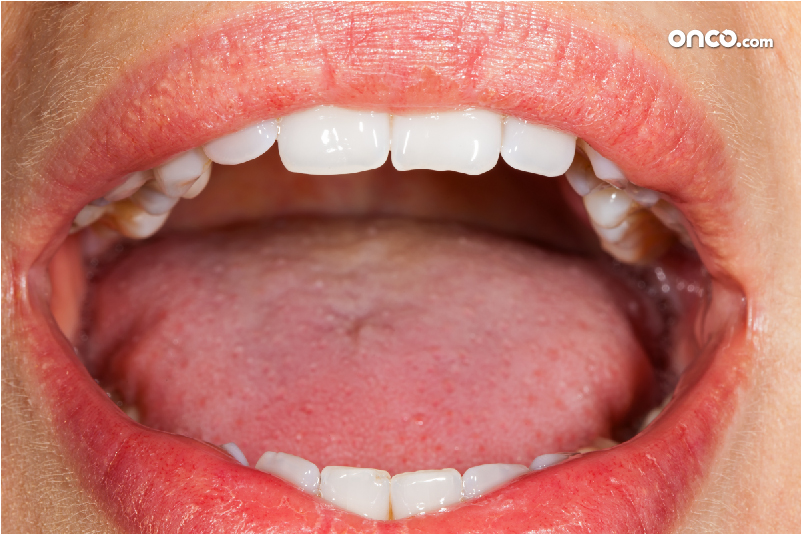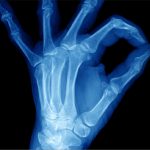What is Oropharyngeal cancer?
Oropharynx is a part of pharynx (throat). It consists of mainly three sub-sites which are soft palate, base of tongue and tonsils. Cancers arising from these areas are categorised under oropharyngeal cancers. These cancers account for nearly 10% of all head and neck cancers. The incidence of oropharyngeal cancer is increasing in view of increased incidence of HPV infection.

Males are more commonly affected compared to females. The median age of diagnosis is 60-70 years.
What are the risk factors that can lead to oropharyngeal cancer?
The most important risk factors for oropharyngeal cancer are smoking, alcohol consumption and HPV infection.
- Smoking increases the risk of head and neck cancer by 5-25 times compared to non-smokers. Cigar and pipe smoking are also associated with increased risk of head and neck cancers.
- Alcohol consumption increases the risk by 5-6 times. The risk is dependent on consumption volume.
- Smoking and alcohol consumption has multiplicative effect on the risk of head and neck cancer.
- Infection with HPV virus increases the risk of oropharyngeal cancer particularly tonsil and base of tongue cancers. Majority of oropharyngeal cancers (70-80%) are due to HPV infection.
What are the signs and symptoms of oropharyngeal cancer?
Most cases of oropharyngeal cancer usually get detected only at an advanced stage because the early symptoms are very subtle. They can also be indicative of a less-serious disease unless identified to be cancerous by an oncologist or a general physician.
Common signs and symptoms of oropharyngeal cancer:
Symptoms of oropharyngeal cancer varies by the location of tumor. Symptoms include:
- Difficulty or pain in swallowing
- Neck swelling
- Ear pain
- Difficulty in opening mouth
- Change in voice
- Regurgitation of food
- Loss of weight
- Loss of appetite
- Persistent sore throat
- A continuous sensation of something being stuck in the throat
How is oropharyngeal cancer diagnosed?
The flow of diagnosis for an oropharyngeal cancer patient is as follows:
- The diagnosis of oropharyngeal cancer starts with complete medical history and physical examination of the patient
- Biopsy of primary tumour is done to confirm the diagnosis
- CT scan/MRI of head and neck is recommended to know the local extension of the disease and lymph nodal involvement
- Chest X ray is done routinely to rule out lung metastasis
- CT scan thorax is recommended in patients with locally advanced disease
- PET CT is not standardised in the diagnosis of head and neck tumours. Role of PET CT is less clear and should be considered in patients who are at increased risk of distant metastasis.
How is oropharyngeal cancer treated?
The treatment depends on the stage at which the disease is diagnosed. The primary treatment modalities are radiation, with or without surgery. Chemotherapy is generally not administered alone; It is rather given as adjuvant or neoadjuvant or concurrent chemoradiotherapy (CRT). Systemic chemotherapy can be advised to patients who exhibit recurrent cancer.
Radiation therapy (or radiotherapy) treatment for oropharynx
Radiation therapy uses beams of high energy X-rays to inflict direct damage on the DNA of the tumor cells. The radiations destroy their ability to divide rapidly, and slowing/stopping cancer growth in the process.
Treatment of early stage oropharynx cancer
- Early oropharyngeal cancer includes stage 1 and 2 patients.
- These tumours can be treated by definitive radiotherapy with or without concurrent chemotherapy.
- Morbidity associated with surgery is more compared to RT. Hence RT is preferred over surgery in many cases.
- Generally RT is given to both primary tumour and bilateral neck to a total dose of 66Gy to 70Gy at 2Gy/ fx once daily, 5 days a week over a period of 6 to 7 weeks.
- If patients are treated with surgery initially, then post-operative RT is advised in positive margins and other high-risk features along with weekly concurrent chemotherapy.
- Patients with residual tumour after completion of radiation, are managed with salvage surgery or chemotherapy.
Treatment of locally advanced oropharynx cancer
- Locally advanced oropharyngeal cancer includes stage 3 and 4 patients. These patients require multi- disciplinary team approach.
- Definitive chemoradiotherapy is the treatment of choice for most patients
- Functional preservation of the organ is possible with chemoradiotherapy
- For patients with unresectable tumours, the standard treatment approach is concurrent chemoradiotherapy.
Treatment of recurrent or metastatic oropharynx cancer
- Radiotherapy can be offered for patients with recurrence
- If patient has not received any systemic therapy and is in good health combination, chemotherapy with platinum combination regimens is offered.
- For patients who have not received any systemic therapy before and in not in good general condition single agent chemotherapy drug can be offered.
- For patients who have received systemic chemotherapy, further chemotherapy or immunotherapy is advised.
- Whenever possible, patients are encouraged to get enrolled in clinical trial.
- The outcome in these patients is very poor with median survival of 6-12 months.



